Cleveland Clinic nurses lead pain studies
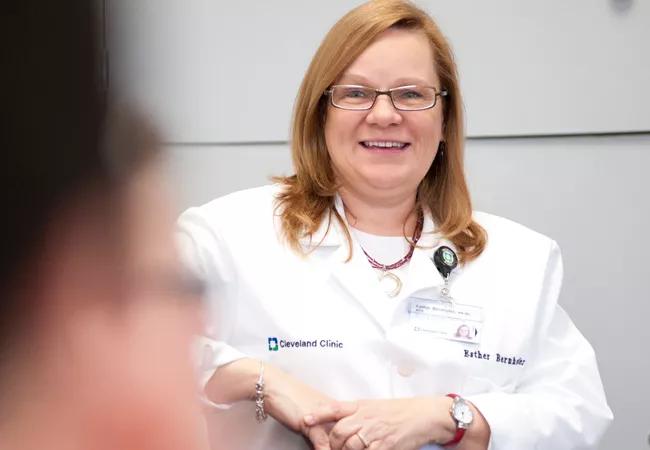
A recent phenomenological study on two of Cleveland Clinic’s colorectal units shed some light on patients’ experience with pain and how they feel about caregivers who help them with it.
Advertisement
Cleveland Clinic is a non-profit academic medical center. Advertising on our site helps support our mission. We do not endorse non-Cleveland Clinic products or services. Policy
Senior nurse researcher Esther Bernhofer, PhD, RN-BC, principal investigator of “The Pain Experience of Patients Hospitalized with Inflammatory Bowel Disease (IBD),” says she and her co-investigators wanted to better understand the experience of patients with chronic pain from IBD who are admitted to the hospital due to surgery or acute pain.
Dr. Bernhofer and her team interviewed 16 patients (11 female, five male; mean age of 41.8 years) individually at the bedside. They asked patients to describe their experience with pain in the hospital and who they thought was responsible for helping them. After reviewing transcripts of interviewed patients, five major themes emerged:
Dr. Bernhofer says her results added to previous results in that patients expressed feelings of not being taken seriously or listened to regarding their pain. What was surprising, however, was that patients saw their physicians as being the only people who could help them with their pain.
“Although they spoke highly of their nurses, they somehow didn’t see them as being able to do anything other than call the physician,” Dr. Bernhofer says.
Advertisement
“Nurses can provide many types of nonpharmacologic interventions to help decrease pain; for example, providing music, a heat pack or light massage.” She adds: “It might be that nursing interventions were not offered, leading patients to think nurses were not effective.”
The findings of the study, which was funded by a grant from the Society of Gastroenterology Nurses and Associates, highlight the need for better communication between nurses and patients. Also, Dr. Bernhofer says, nurses must be understanding and listen to patient pain concerns with empathy and compassion.
“Managing postoperative surgical pain is a continuous challenge for perioperative nurses,” says principal investigator Sharon Wood, BSN, RN. “Current treatment with titrated opioid administration resulted in some benefits; however, unwanted side effects can place patients at risk for complications.” To learn more and improve clinical practices, nurses set out to get answers and ultimately developed a research study.
The sample was a group of 96 healthy women between the ages of 20 and 58 who had an elective breast augmentation. They were divided into four groups: a control group, a group that received preoperative instructions on pain management, a group that listened to their favorite music while in the post-anesthesia care unit (PACU), and a group that received preoperative pain management instruction and listened to their favorite music while recovering in the PACU. All four groups received preoperative teaching and pharmacological management.
Advertisement
Patients were asked to verbally rate their pain and the helpfulness of music and instructions on postoperative pain relief. In this sample, pain at discharge and mean PACU pain were similar between the three experimental groups (teaching, music and combined) and the control group.
When patients received adequate opioid pain management postoperatively, multimodal (teaching and music) interventions did not provide incremental improvement in pain relief. However, patients rated the experimental interventions as “very helpful.” In future studies, researchers should explore patients’ perceptions of intervention helpfulness.
This tells us that additional research on multimodal interventions with larger, multicenter samples is needed.
Advertisement
Advertisement
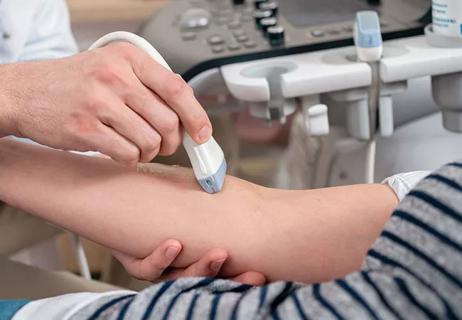
Study shows ultrasound can be valuable tool for improving patient satisfaction by reducing failed IV insertions

New system uses vital signs to predict need for further intervention

Findings reveal personal and professional factors that influence nurses’ interest in medical research
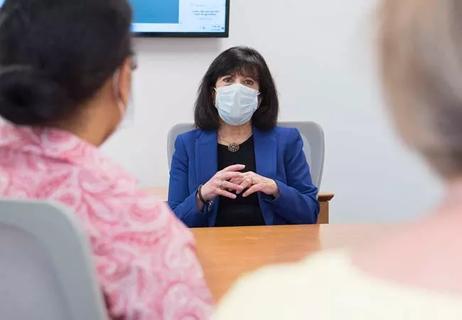
Nurse scientists bridge divide between bench and bedside

Individual and population factors play a role
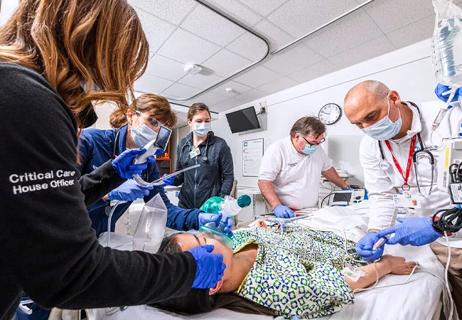
Study looks at cardiopulmonary arrest and activation rates
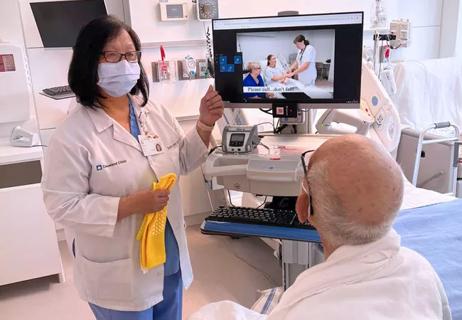
Video education and nurse-led reinforcement help with fall risk awareness

Further research into collaborations may help strengthen nursing science